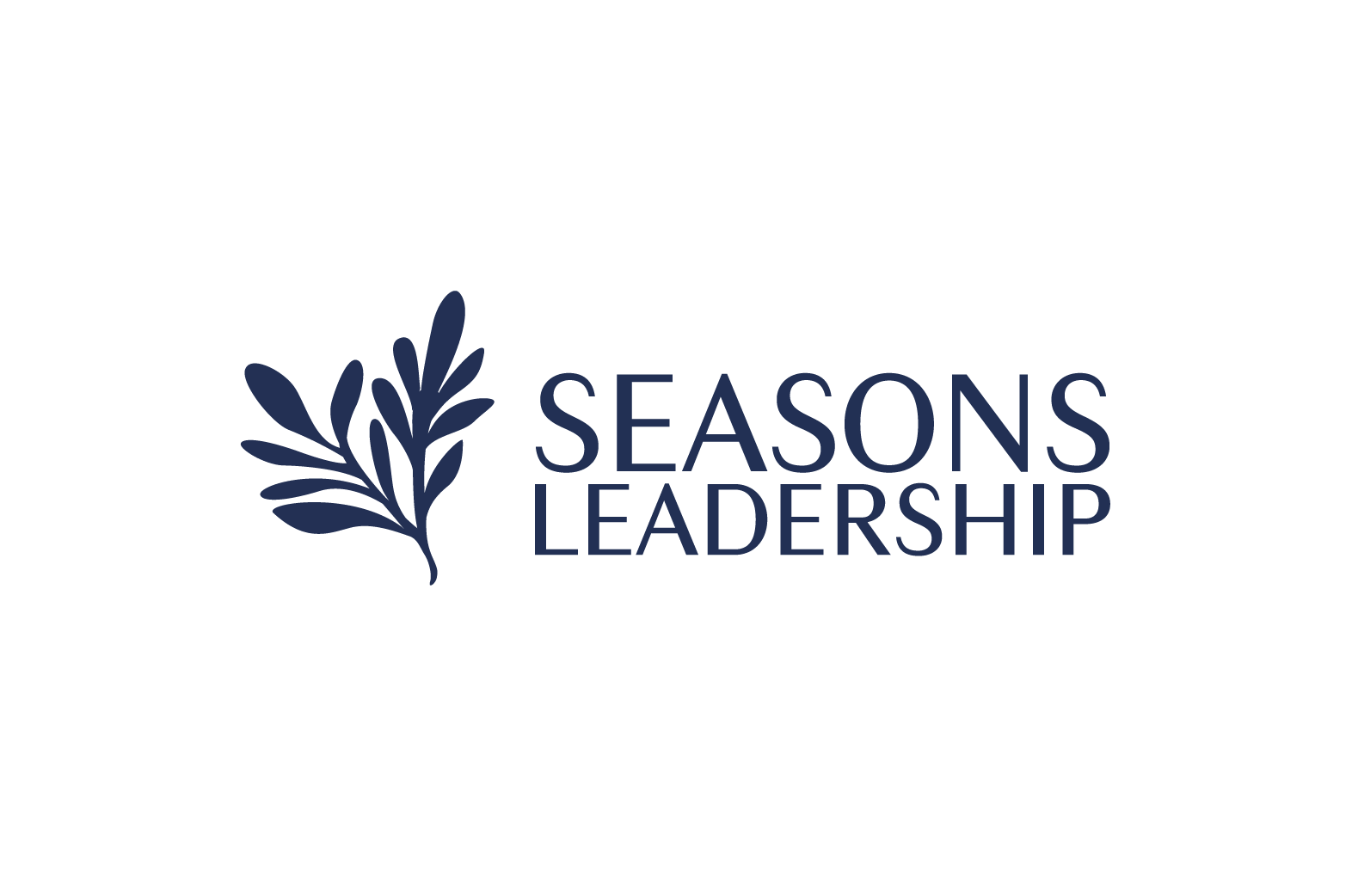You’ve probably heard the phrase, “The customer is always right.” While that may be a good customer satisfaction mantra, it isn’t always easy to keep the customer happy and follow the rules of the company at the same time.
Our resident Seasoned Leader David Spong describes how he found that balance in four separate examples in today’s Lesson in Leadership.
“After I took over the leadership of the C-17 program I wanted to be responsive to customers’ issues and ensure customers felt that they were in control of the program. To illustrate this, four instances come to mind:
The first instance occurred when in flight an engine developed a very severe out-of-balance condition which imposed large vibrations to the wing on which it was mounted. This caused the engine attachments to crack. Nothing catastrophic happened during the flight, but because of this incident, the US Airforce (USAF) promptly grounded the fleet of C-17s, which caused a big problem for their operations.
Our organization developed a solution reasonably quickly but needed government funding to implement it, which in turn needed a contract change. Waiting for the usual approach for a contract change would have grounded the fleet for months resulting in a very unhappy customer and a negative impact on our reputation. As you can imagine a fleet grounding is a nightmare for the operator as well as the contractor. In addition, the senior members of the USAF believed that it was the company who would pay for the fix and thus expected the fix to start immediately and would not understand the delay in waiting for a contract change.
I wanted to start work on fixing the aircraft, but my CFO advised me to wait for the contract change because otherwise the costs would all be borne by us and might not be recoverable. I decided to take the risk and to implement the fix using company funds. We achieved it as fast as we could and as a result the USAF was able to unground the fleet. The customer was ecstatic, we eventually got the contract change and were reimbursed! This set the stage for favorable treatment in later negotiations.
The second instance occurred when the customer had damaged the landing gear on an operational aircraft and did not have a spare. This meant that the aircraft would have to be out of service until a landing gear could be built by the supplier, taking many months. We had an aircraft in production with a good landing gear. Since it would be several months before that aircraft would fly, we removed the landing gear and gave it to the customer. This involved creating a roll-around fixture for the aircraft in production but was well worth it from a customer satisfaction viewpoint.
The third instance occurred when, as we were ready to deliver the latest aircraft, we found that there was a problem with the fuel system. This was not a safety issue but required the aircraft operator to use a workaround. We would obviously fix the issue, but it would take some time. So, we were faced with delivering an aircraft with an issue or delaying the delivery until the problem could be fixed. Instead of deciding for them, we asked the customer what they would prefer. They chose to accept the aircraft with the issue and have it fixed later. They needed the airplane more than they needed the issue fixed, and it was their decision! Asking them to make the decision meant they were satisfied and had ownership in the solution.
The last instance was a decision we made relative to customer contacts. A typical issue we have all experienced is when you contact an organization only to find out that you need to speak with someone else rather than the person you have called. Even if the person you are speaking to is willing to help and tries to transfer you to the correct person you often get cut off. To avoid this, we implemented the policy that whoever takes the first call never lets go of the customer until they are connected to someone who can help them. This kept the customer from becoming frustrated and let them know that we valued them.
A key thread running through all these stories is that making the customer happy, even when it is at some cost or risk to the bottom line, is always worth it!”
At Seasons Leadership we are on a mission to make positive leadership the norm rather than the exception. Leaders are faced with decisions every day, and what differentiates a good leader from a great one is the ability to create true win-win situations. David’s lesson in leadership shows how with any problem, leaders can apply critical thinking to develop a solution that puts the customer first while also getting a win for the organization.
Join Seasons Leadership Patreon and gain access to these other impactful “Lessons in Leadership” stories:
Changing Difficult Relationships
Special offer! Join Seasons Leadership Patreon by March 31, 2023, at our Founder’s Level for only $5 a month and get all the same access as Gold until the end of 2023 (a $200 savings over the year!).














